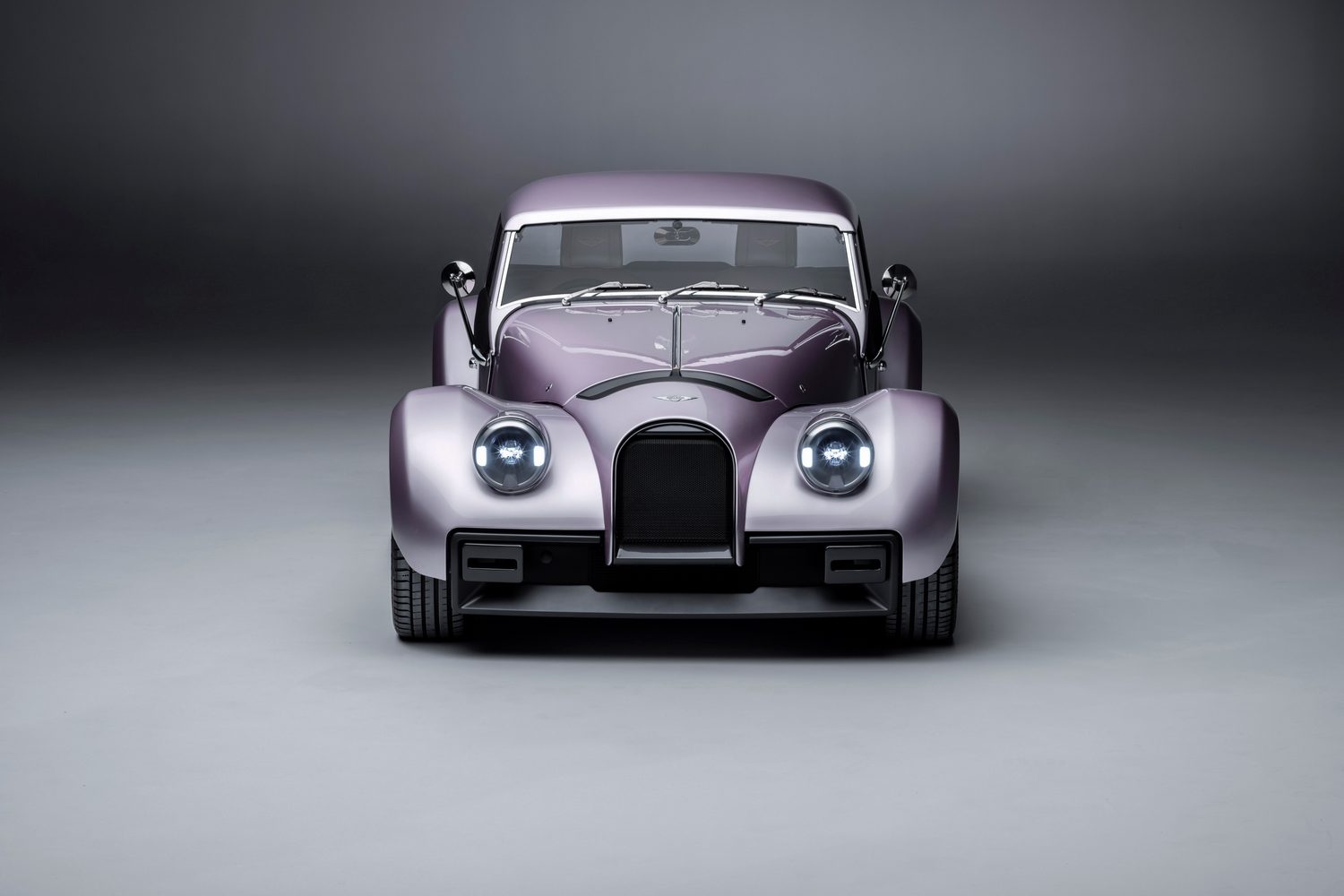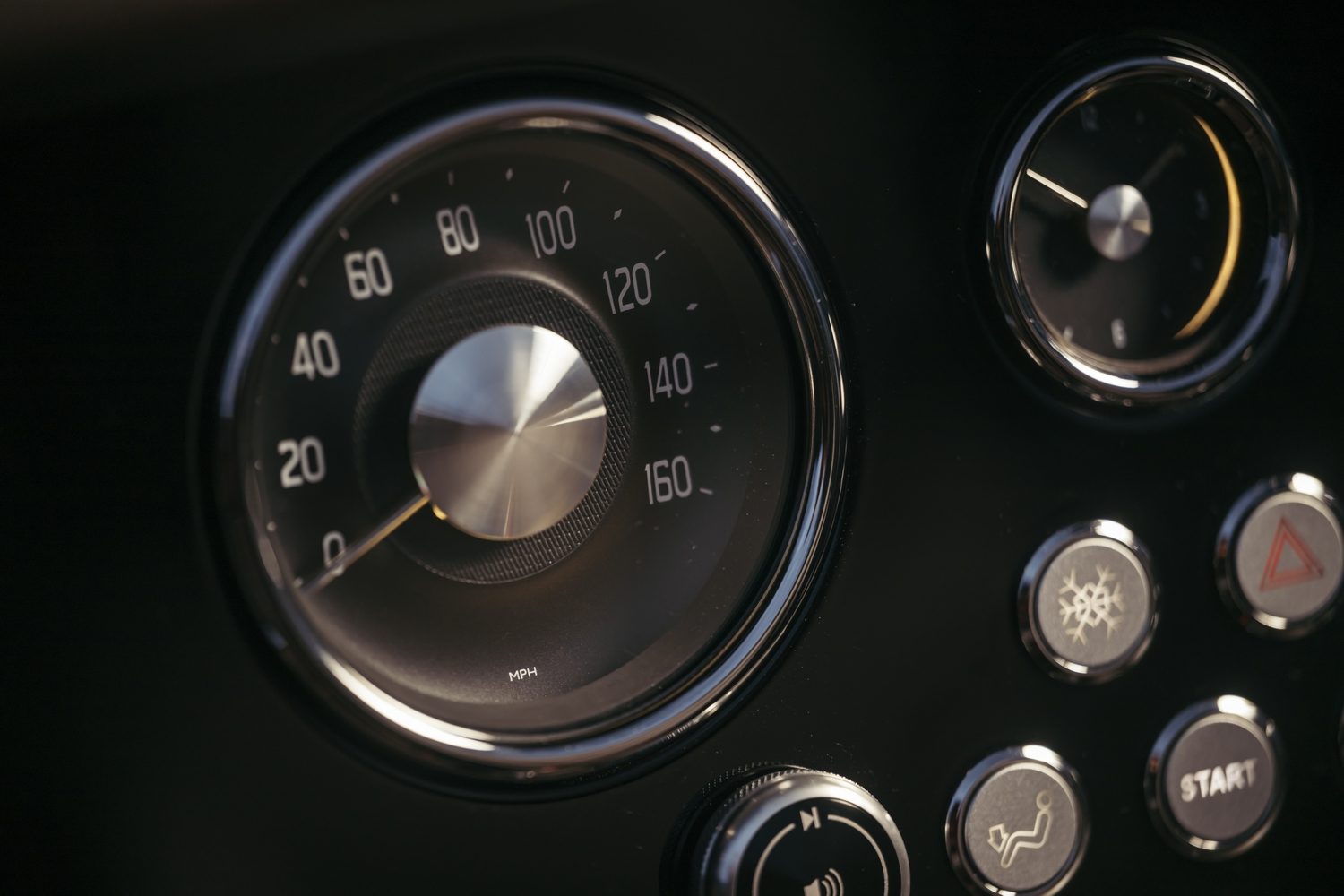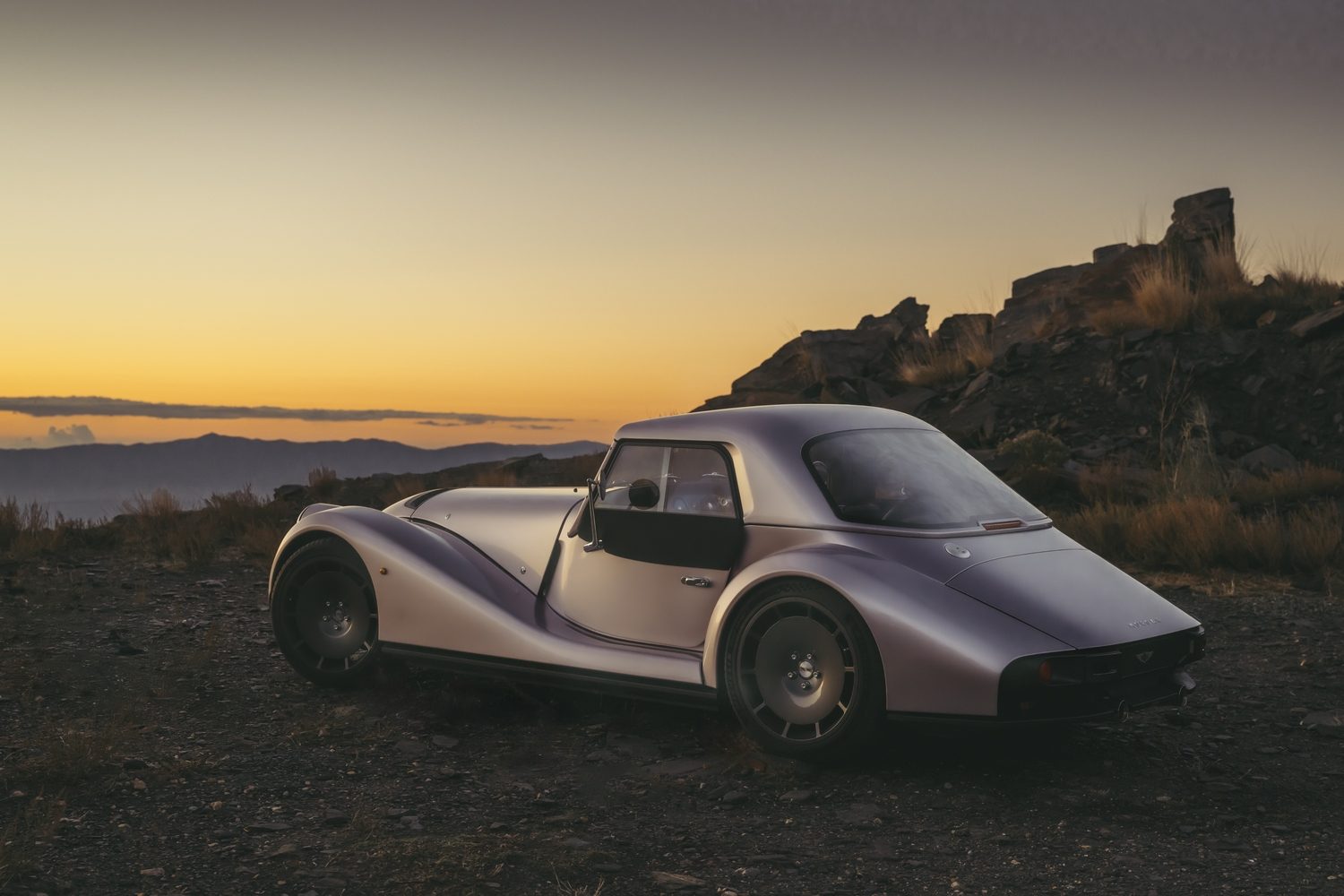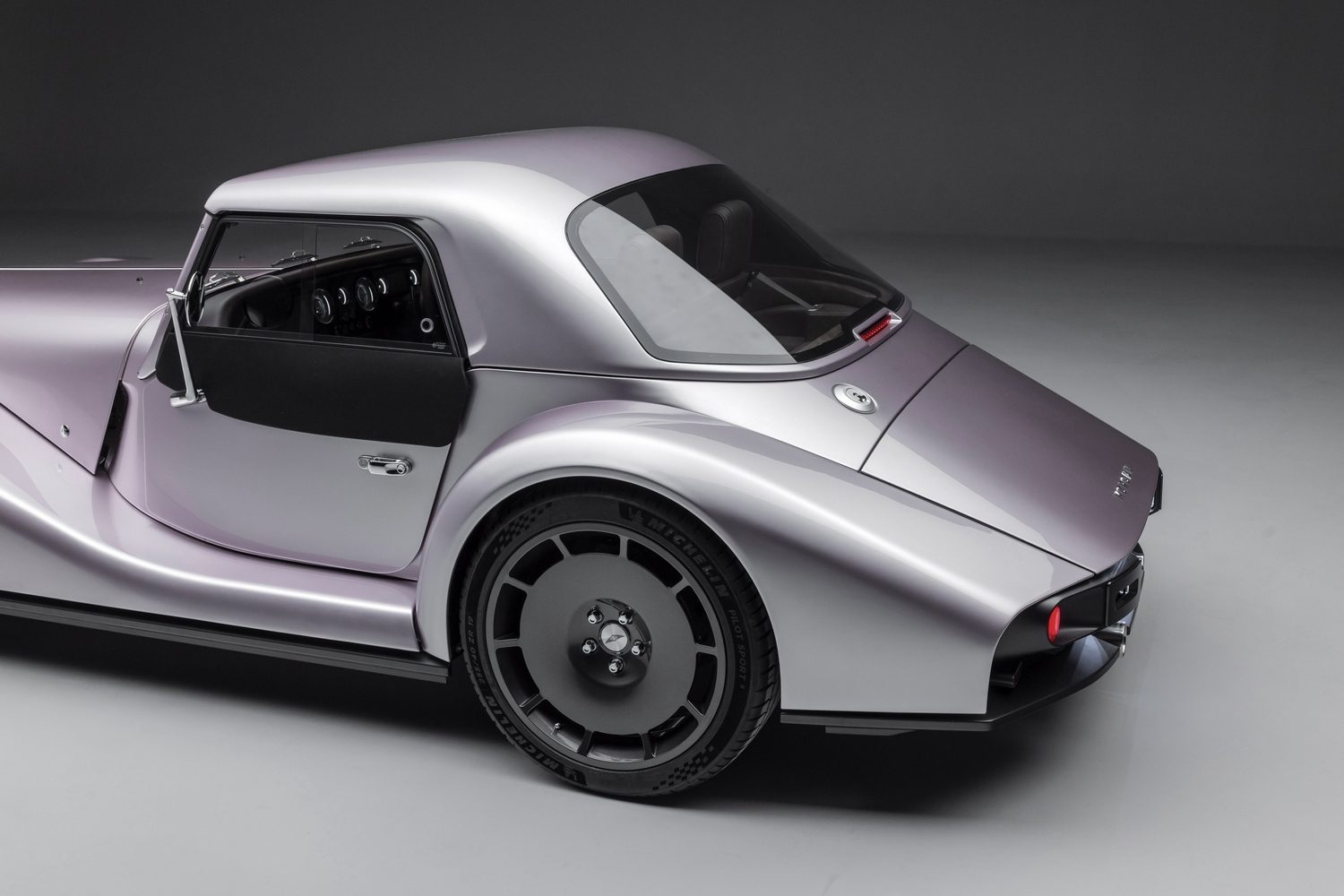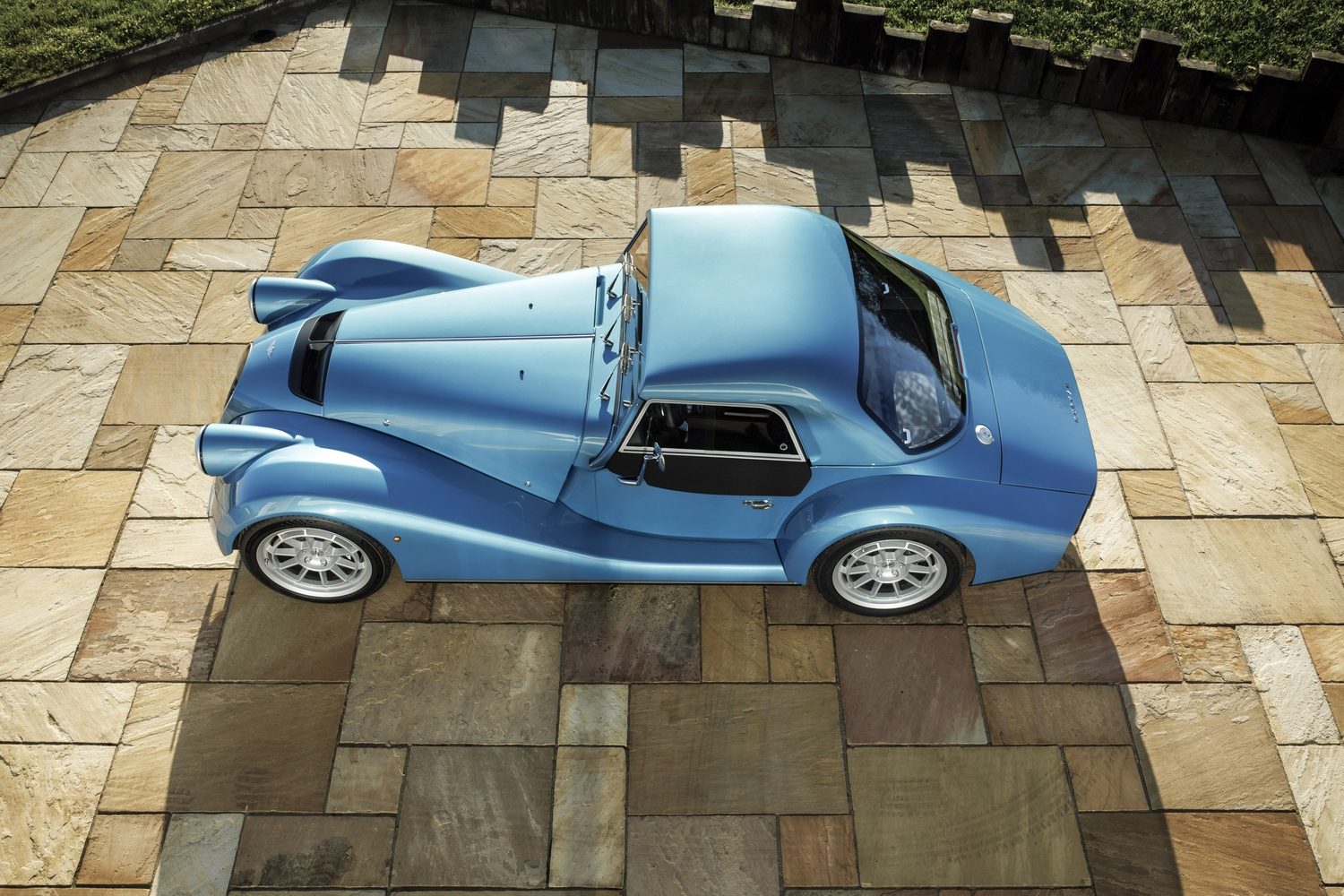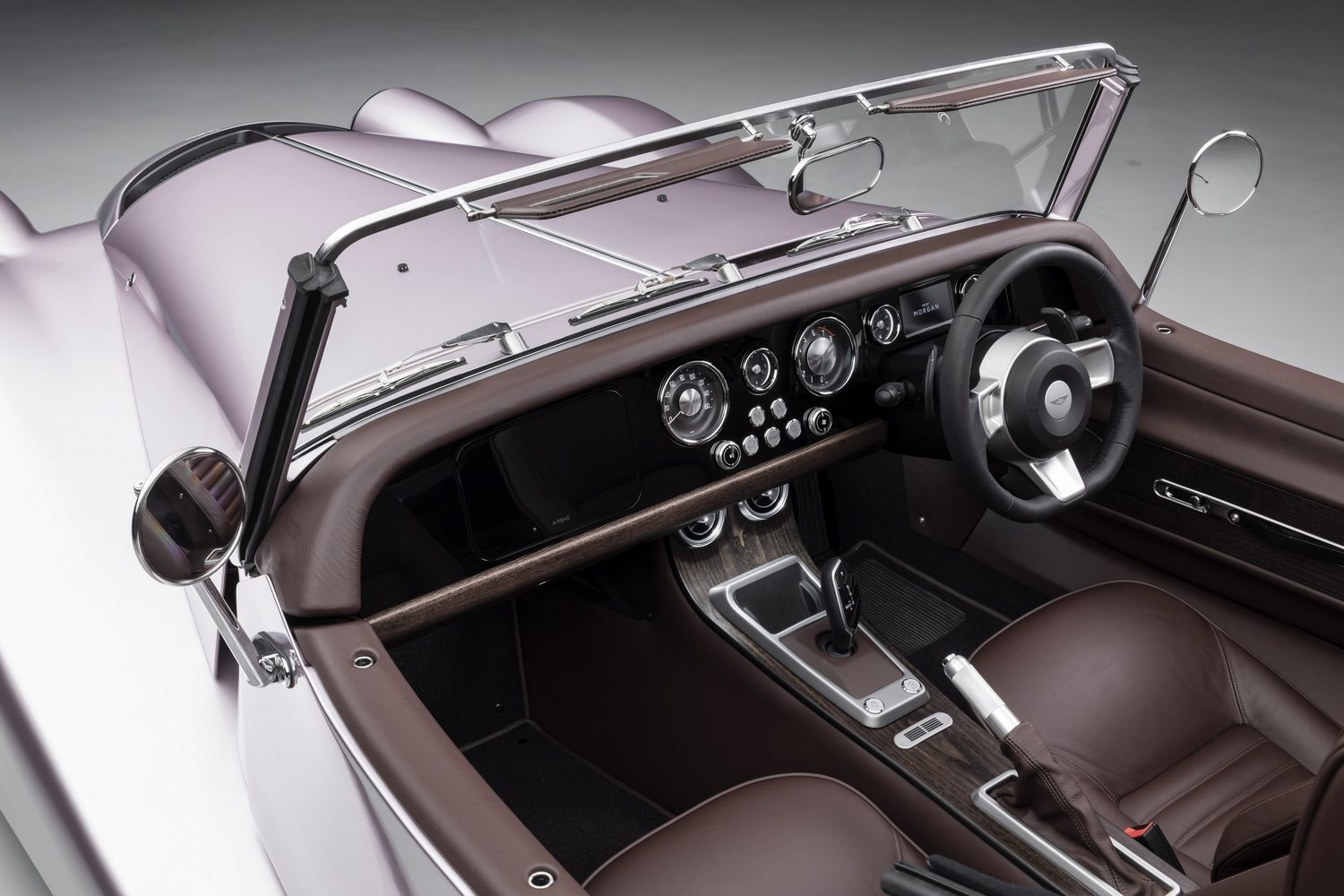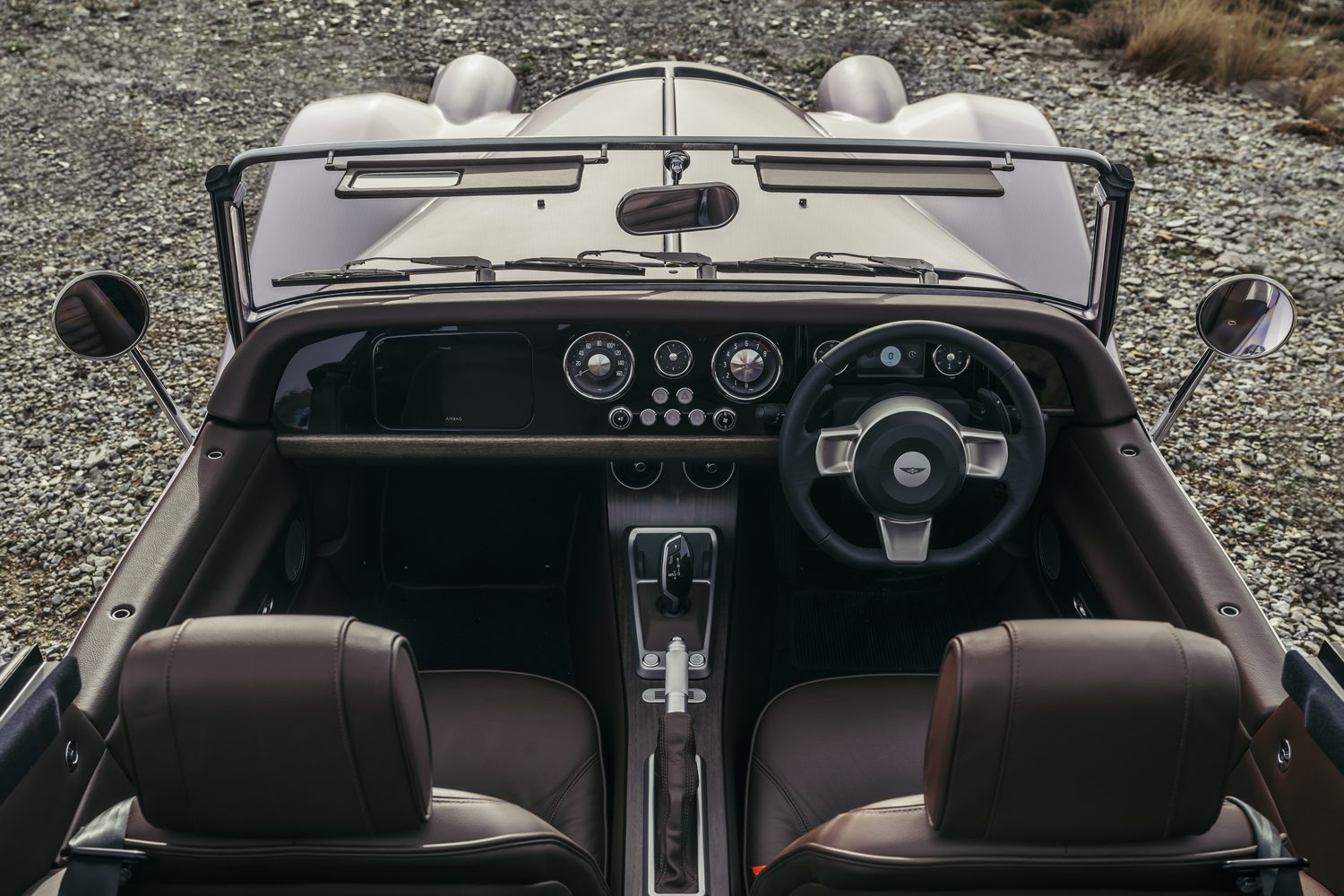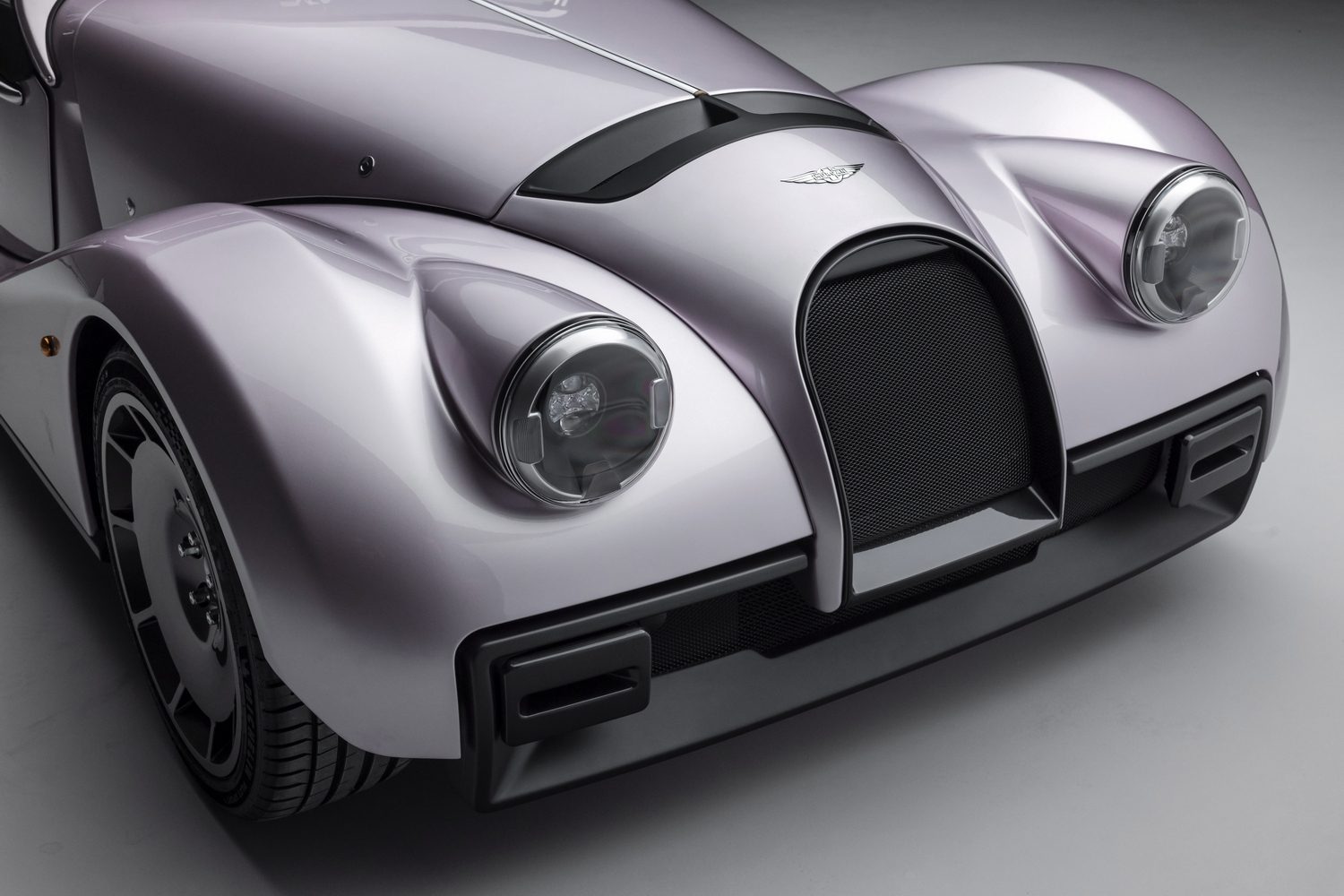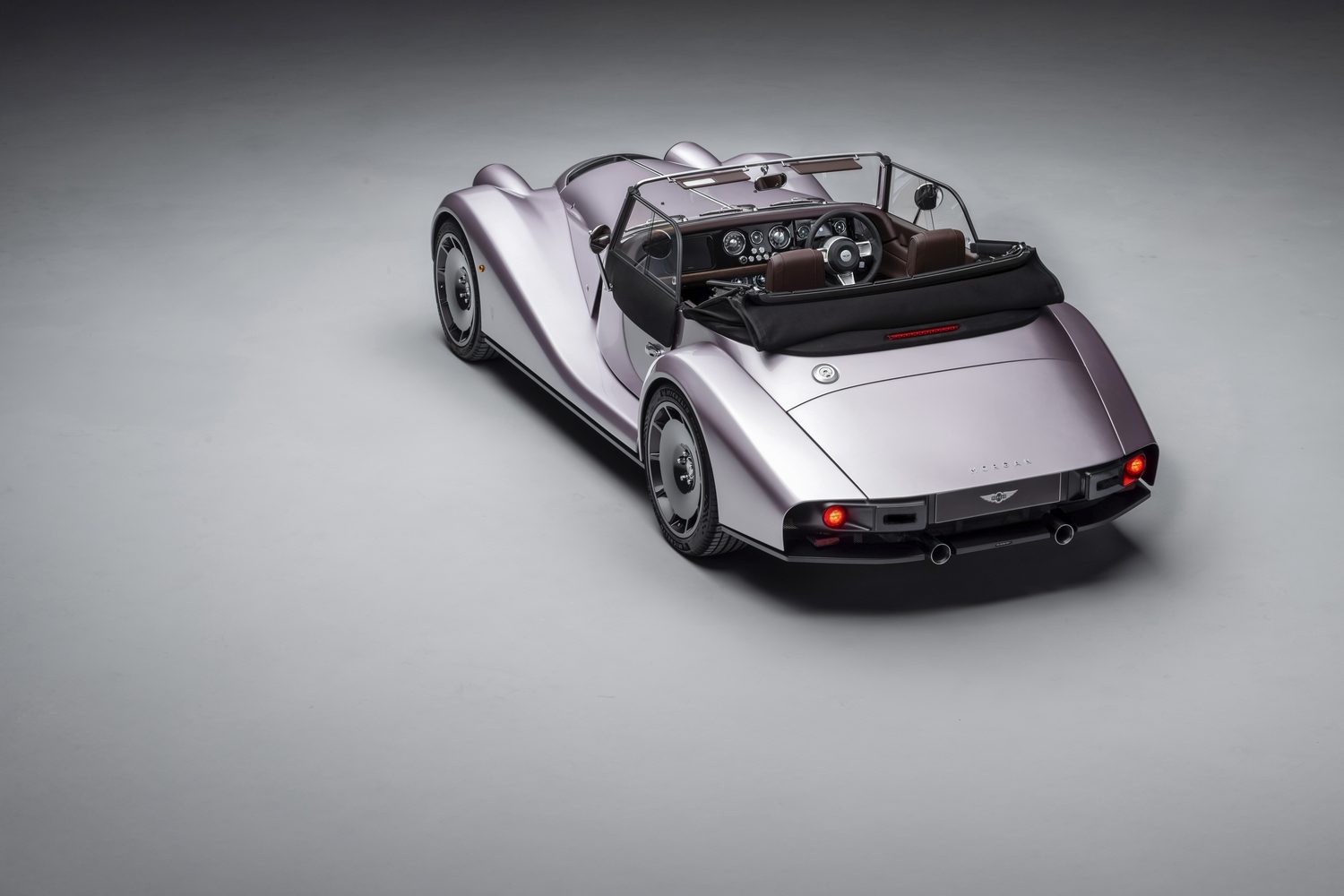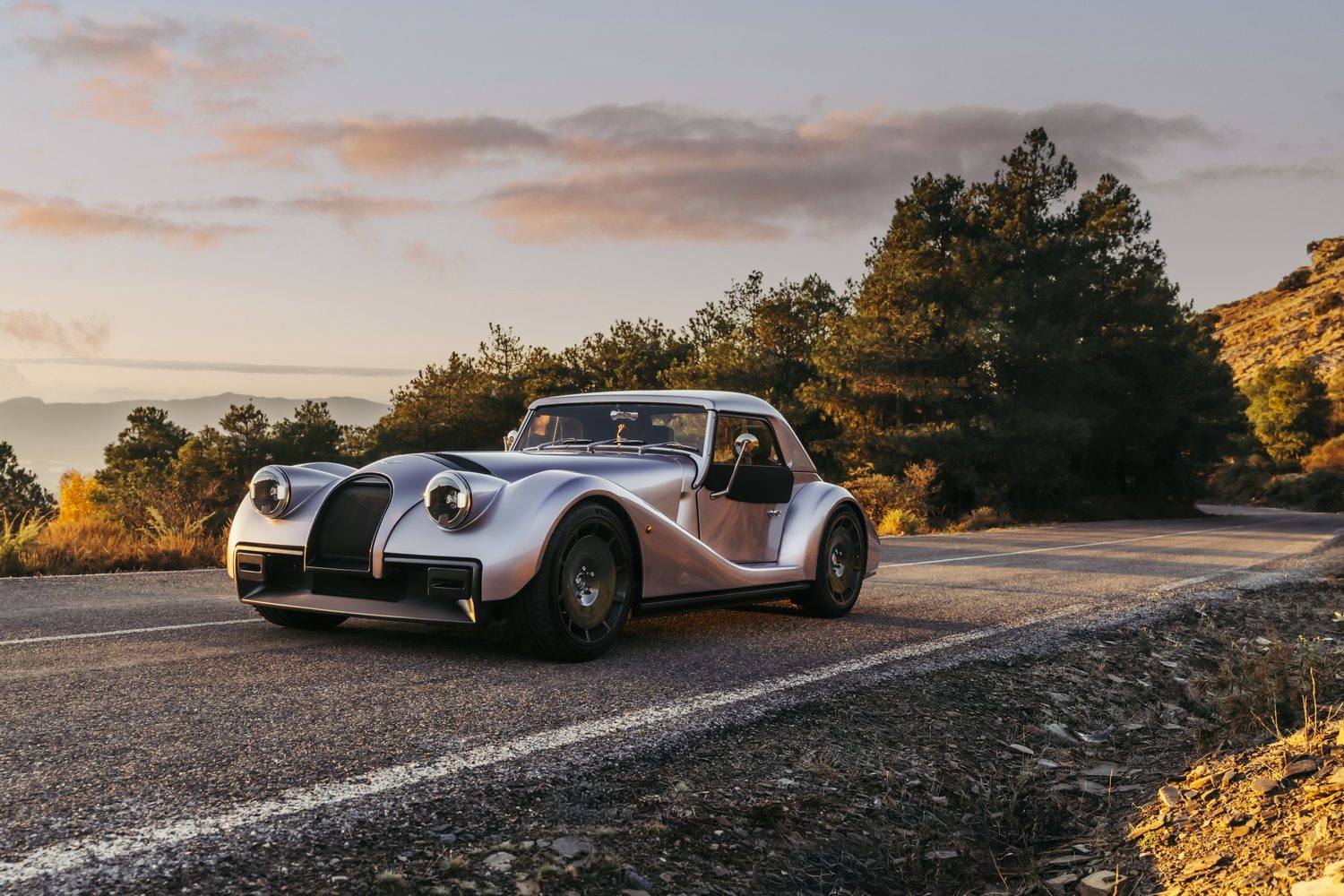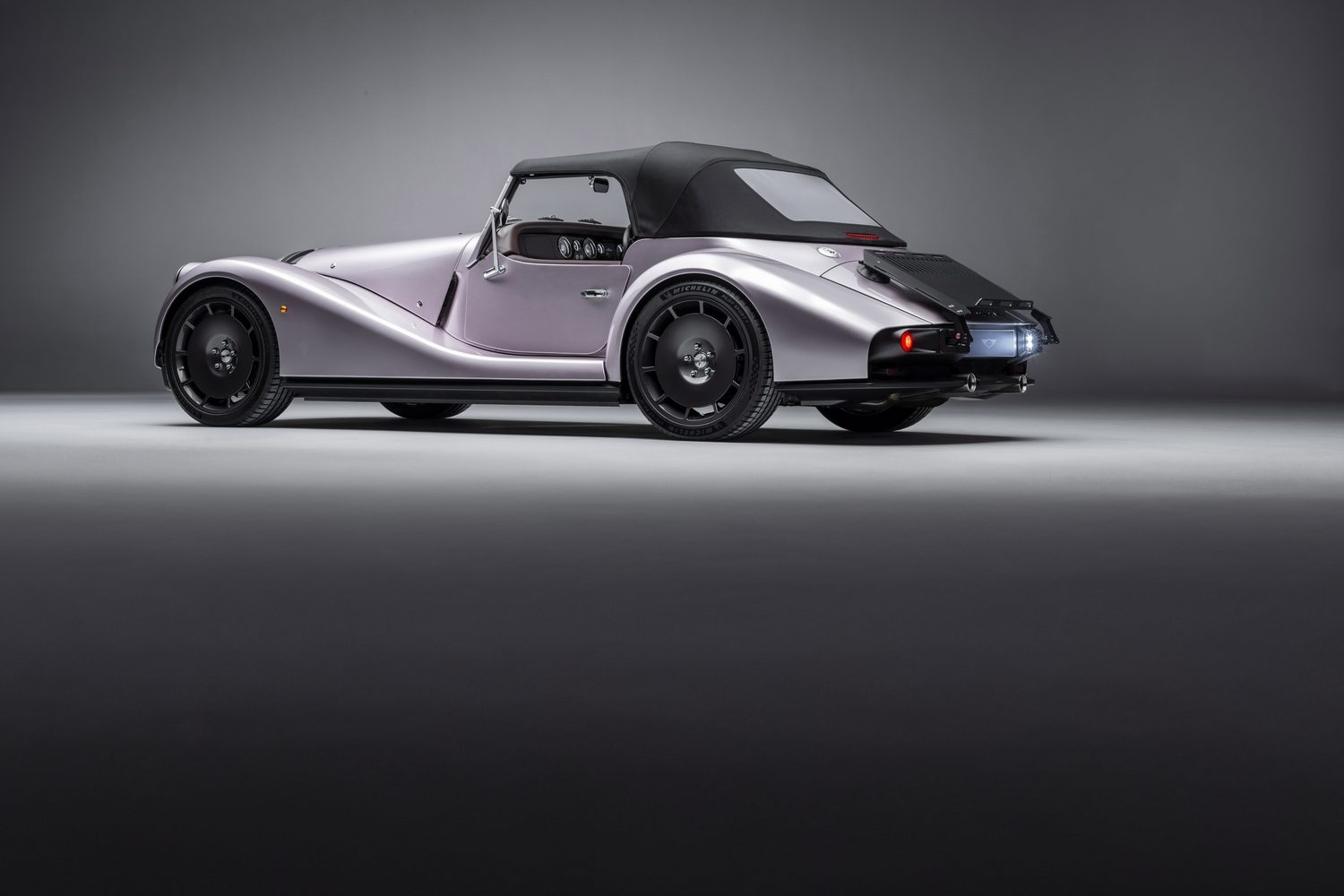This is the new Morgan Supersport, the boutique sports-car company's new flagship. Designed to sit above the Super 3 and Plus Four, and serving as a replacement for the Plus Six in the range, the Supersport sits on Morgan's new 'CXV' aluminium chassis, an evolution of the CX platform which came before it.
It looks a lot like other Morgans, doesn't it?
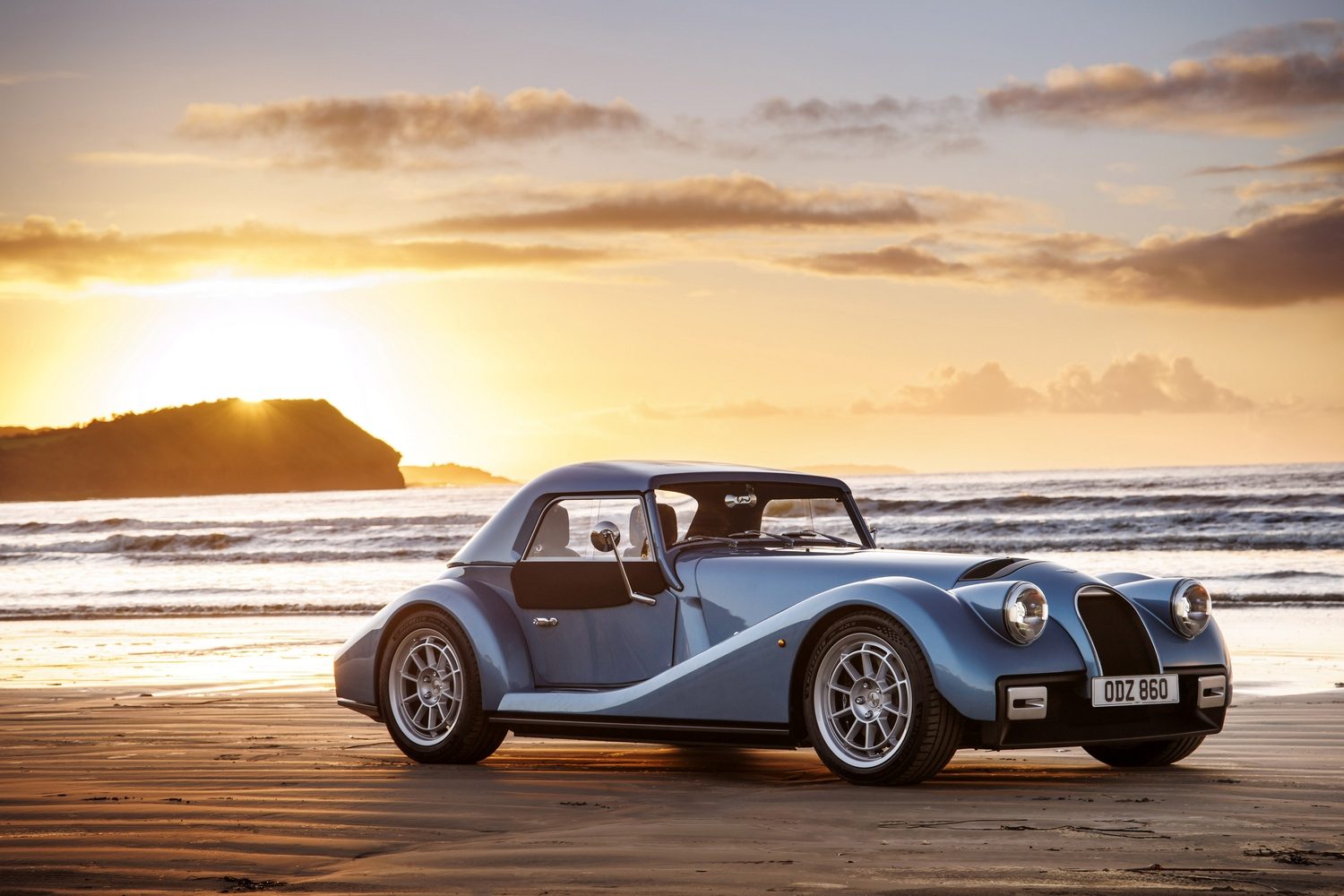
Yes, the company's 'retro roadster' look has been going on for decades now, but the new Supersport is a smoothed-off, more modern take on the age-old design. Look, it has LED lights front and rear, and everything. Better still, this is the most aerodynamic body yet seen on a six-cylinder Morgan, although we did get a (kind of) sneak preview of the look of the Supersport with the limited-build Midsummer special of last year.
There's some neat blending and reinterpreting of classic design cues, too. For instance, a front splitter is the dark matte grey rectangular area in the Supersport's nose, a feature which teams up with the company's traditional horseshoe cowl above. But if you look closely at the smaller, slotted rectangles in the corners of the splitter, those are a 21st century take on 'overriders', the chrome vertical spars that used to sit on the bumpers of older Morgans. The Supersport's versions are repeated at the rear of the car too, while the back lights are in the diffuser area, rather than mounted on the rear wings as per usual.
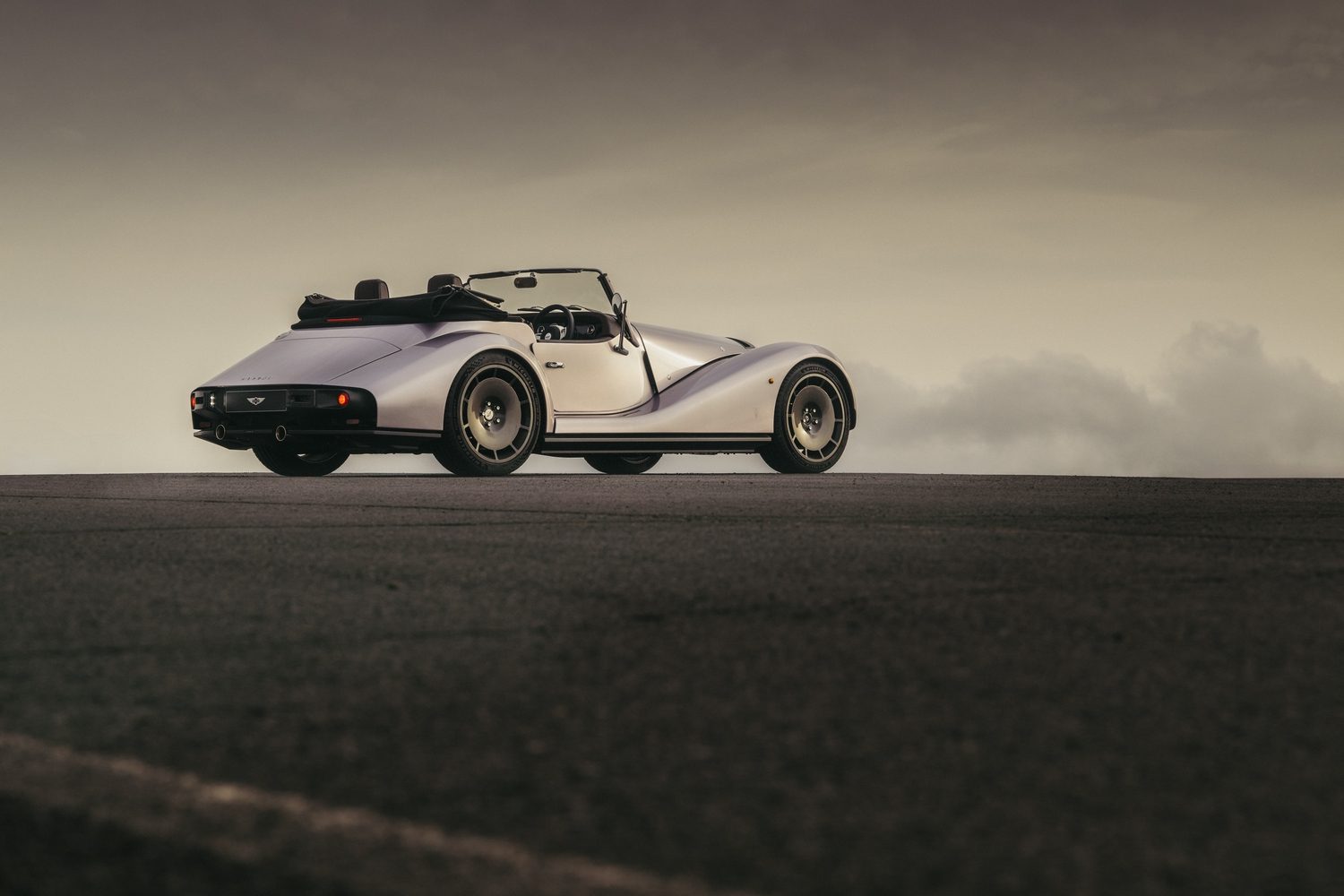
The Supersport also has centrally mounted fog and reverse lights, which are near-invisible when they're not in use, and these are flanked by the twin exits of the standard-fit active sports exhaust which has been specifically tuned for this model. It's also, the company proudly proclaims, the first new Morgan to feature a boot in more than a decade, with enough space in there to stash away the side screens of the car and overnight bags too.
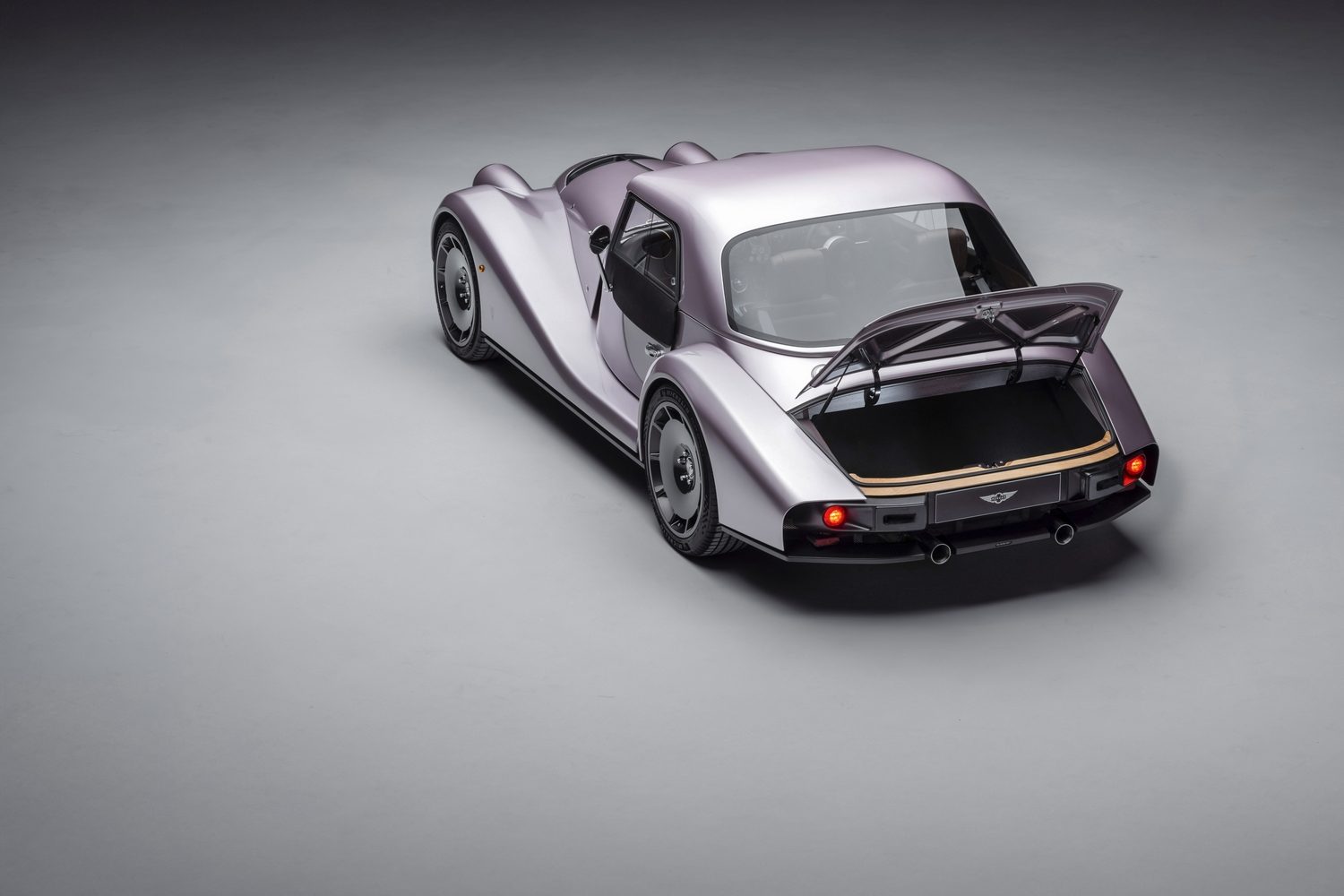
And how about within?
Again, modernisation is the key here, while at the same time trying to preserve the heritage feel that makes Morgans so idiosyncratic in the present day. For example, analogue dials made by Caerbont, the original manufacturer of older Smith's gauges that were in classic models from the carmaker, can be espied in the cluster, with the letters 'HFS' on them in honour of company founder Henry Frederick Stanley Morgan. There are also door cards modelled on mid-century audio equipment and available in 11 different finishes, from engineered marquetry to traditional walnut.
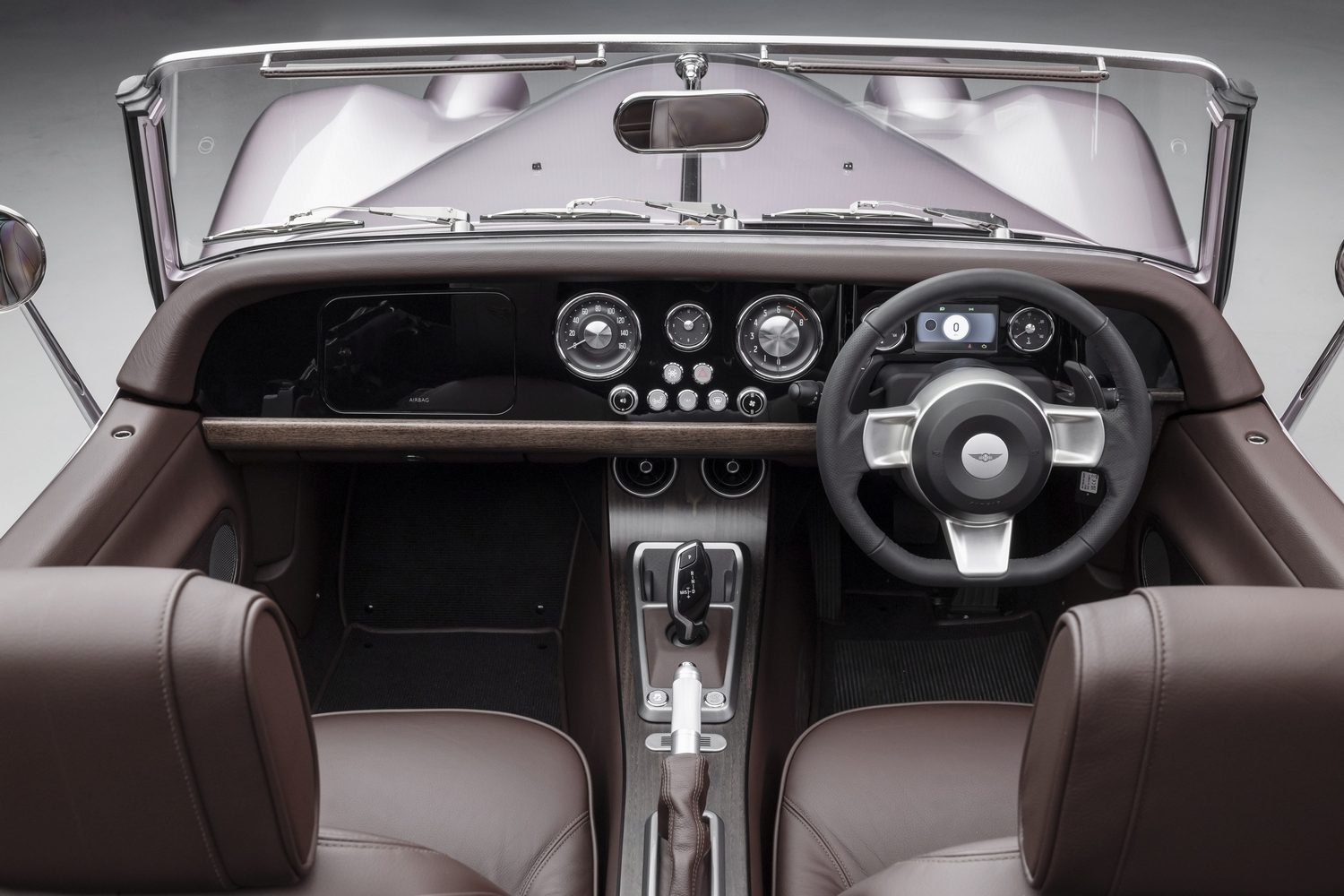
But if you're worried this is all sounding a bit 'olde worlde' inside, think again. Those Caerbont dials might look wholly analogue, but they're controlled by the latest CAN (Controller Area Network) and LIN (Local Interconnect Network) communication technology and there's a high-fidelity Sennheiser audio system to listen to while you're on the move. Meanwhile, the Supersport is the first Morgan to feature hands-free calling, using Bluetooth and a three-microphone set-up that's so clever you can easily have a conversation over the phone with the car's roof off - according to Morgan. There's even a discreet storage tray in the centre console which houses a wireless smartphone charging pad.
Sounds nifty. What's under the long, long bonnet?
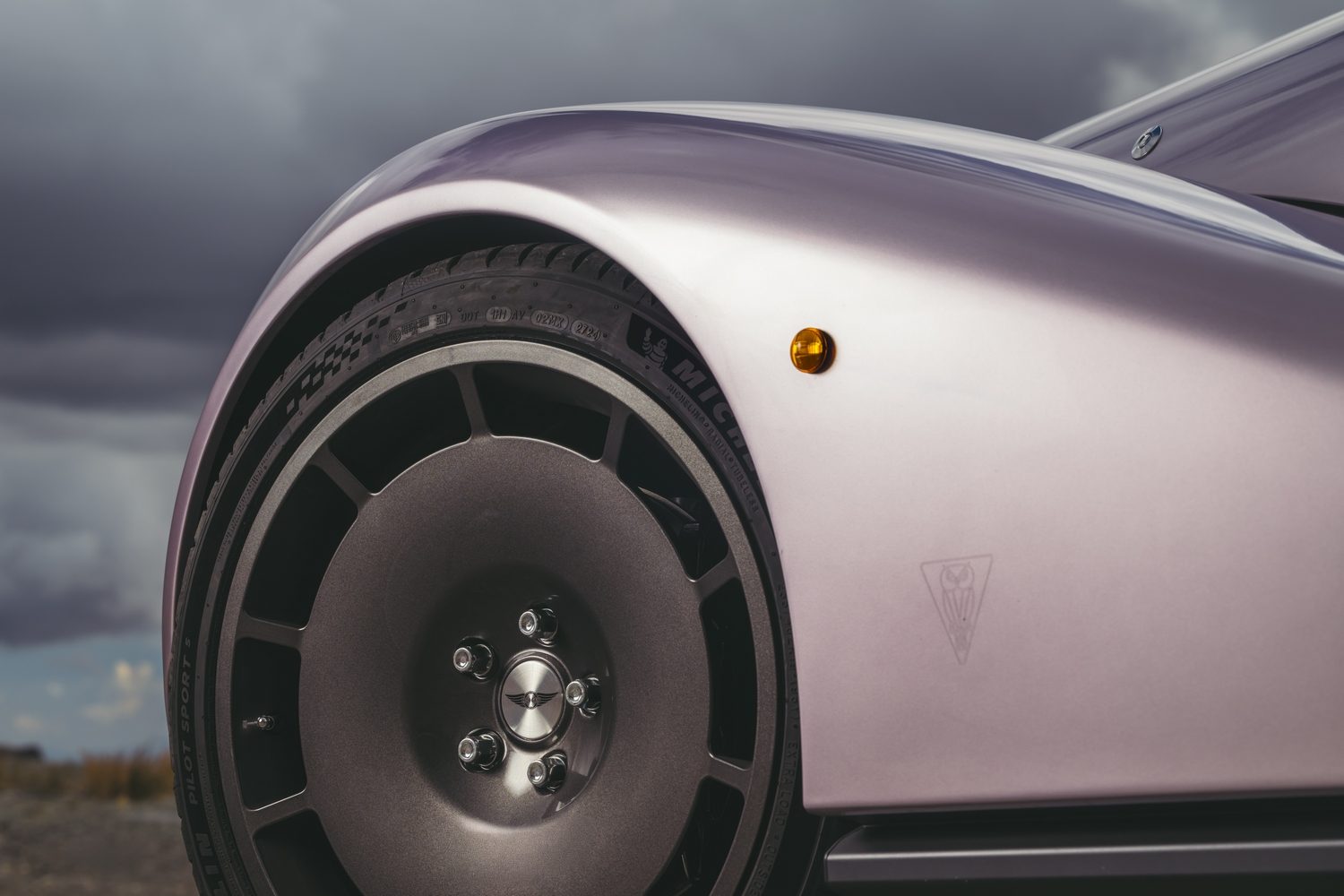
Thanks to the lightness of the car's construction, Morgan hasn't had to go chasing huge horsepower numbers in order to give the Supersport a serious level of performance. The overall kerb weight for the Supersport is 1,170kg, which means the BMW-sourced 3.0-litre turbocharged straight-six petrol engine can deliver some strong numbers.
Driving the rear wheels through an eight-speed ZF automatic, the 340hp/500Nm unit can propel the Supersport from 0-100km/h in 3.9 seconds and on to a top speed of 267km/h. It'll also only consume fuel at a rate of 7.7 litres/100km (36.8mpg) and emits a reasonable 175g/km of CO2, for a car of this raw pace.
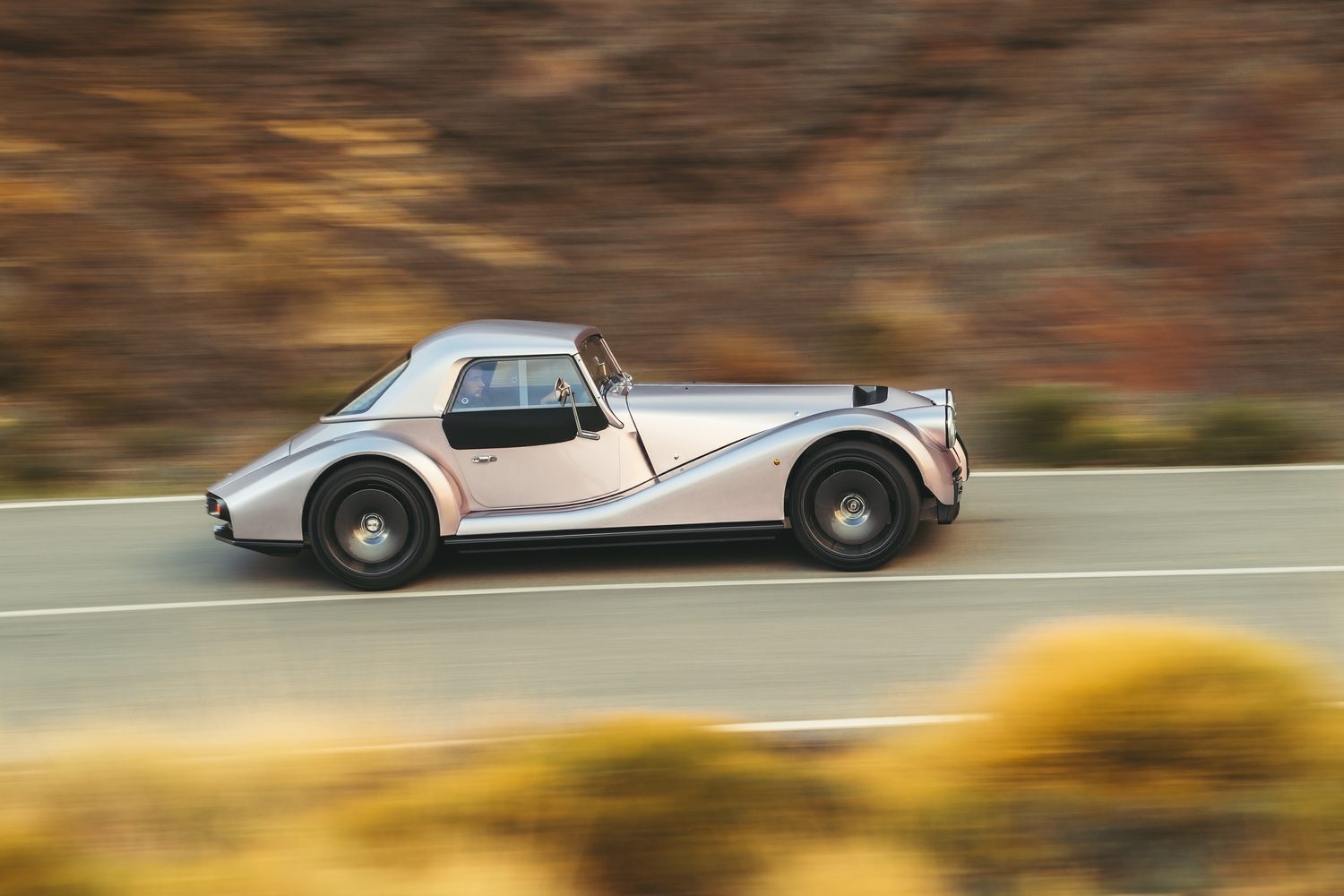
Yet Morgan says the way the car drives in the corners is where the real promise lies. The aluminium chassis bestows 10 per cent more torsional rigidity on the Supersport than seen on models with the old CX underpinnings, while the company's engineers have developed a new steering system, a revised suspension set-up with different geometry and anti-roll bars, and Morgan's lightest-ever alloy wheels of 18 or 19 inches in diameter. The flow-formed aluminium 'Superlite' 18s weigh a mere 10.8kg per corner, while the optional 19-inch 'Aerolite' alloys are 9.7kg apiece; these figures compare very favourably to the old 'Multispoke' wheels, which weighed 13.8kg per corner.
Morgan then fits the wheels with Michelin Pilot Sport 5 tyres, but if that's not enough then there's a Dynamic Handling Pack available for the Supersport, which features adjustable front and rear Nitron dampers with valving and spring rates specifically tuned for this model. There are 24 clicks of damping adjustment available with this and the Supersport's cornering game can be further sharpened up by the addition of an optional limited-slip differential.
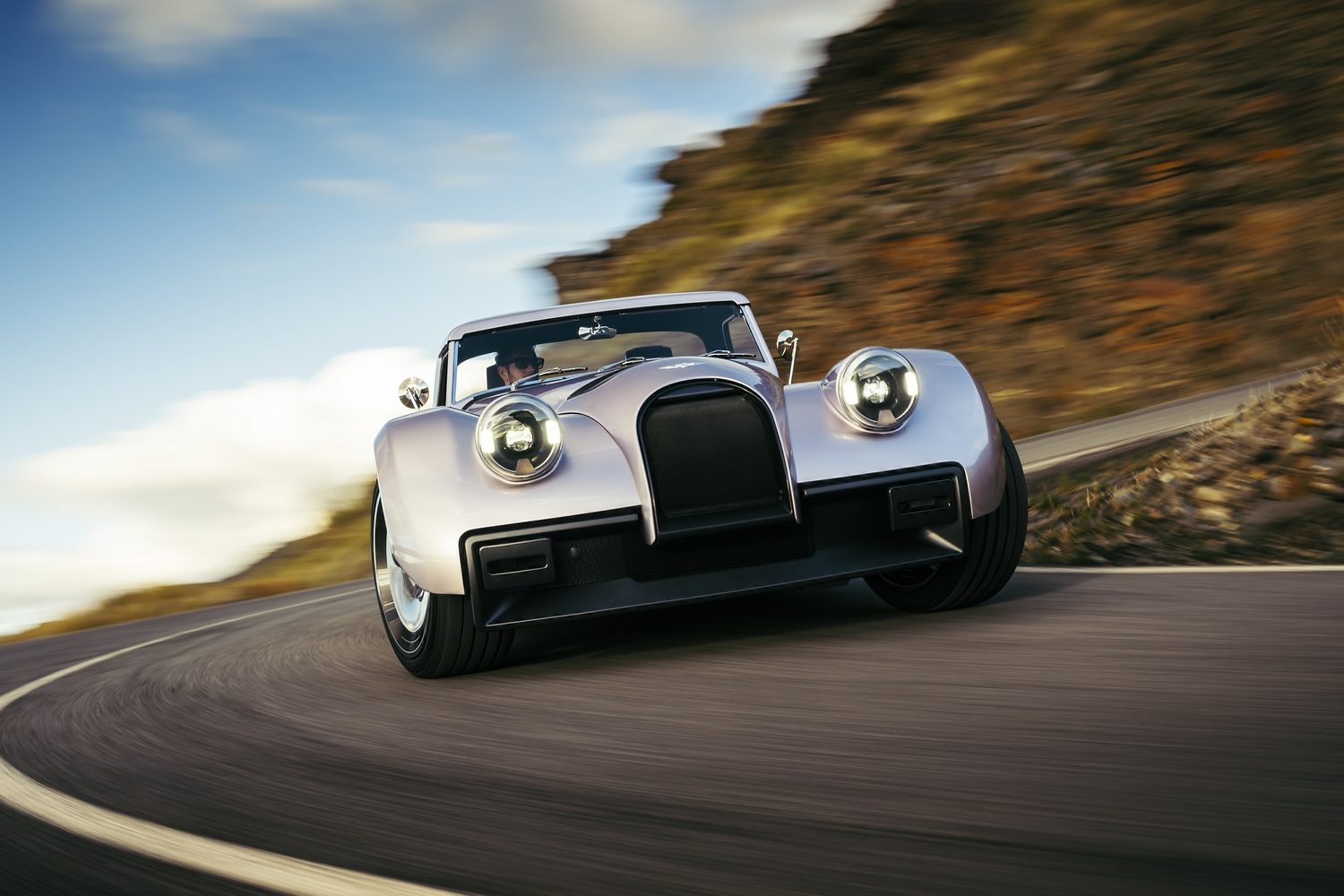
Can you talk to me about the roof?
There are two distinct forms of the Supersport, thanks to its interchangeable carbon-composite hard-top. Despite having a large, curved glass rear screen, this item weighs just 19.7kg and is finished in matching body paint, to seamlessly marry up to the bodywork.
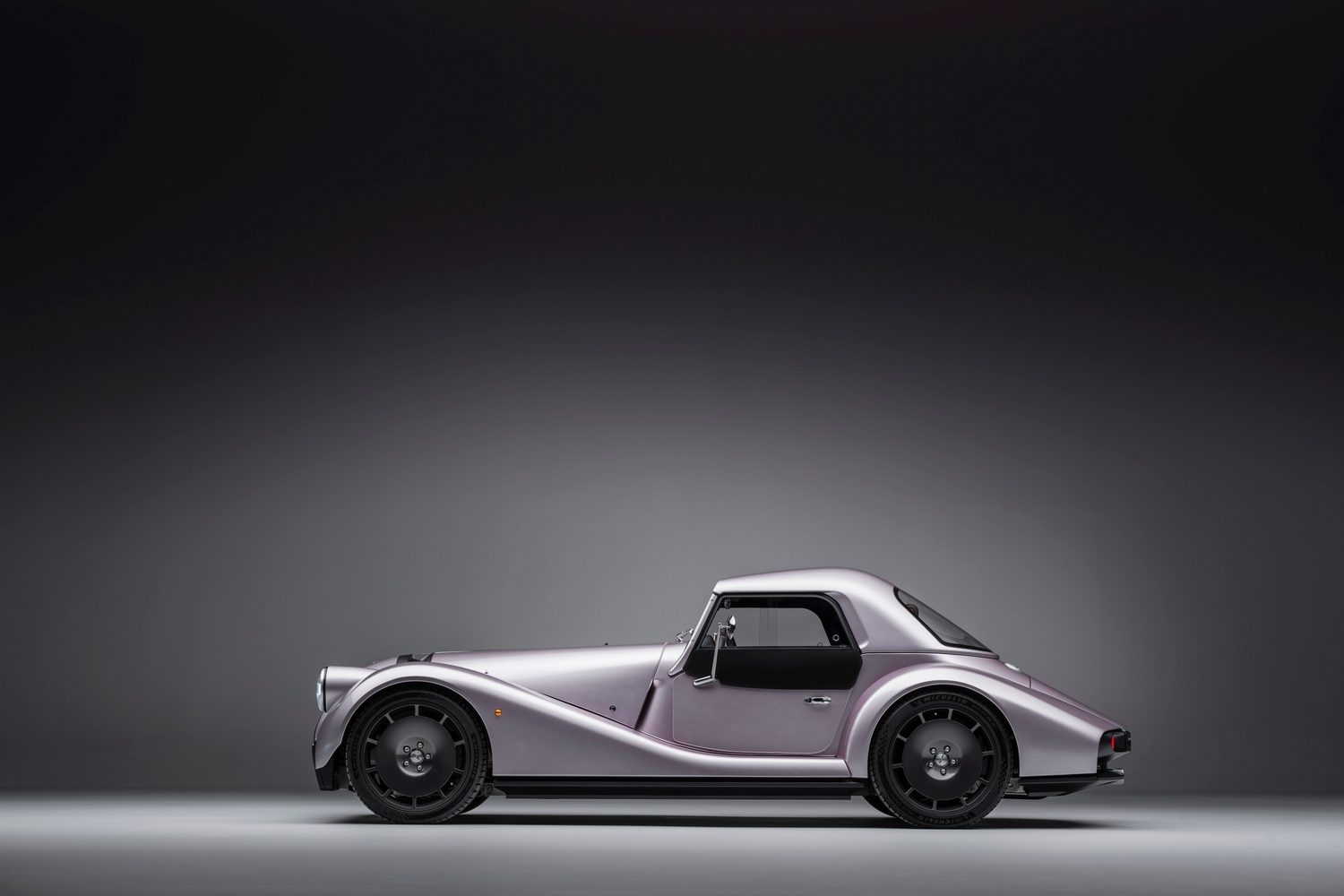
The alternative configuration is to use the folding mohair soft-top, which is offered in a number of colour variants, and which is also supplied with a cover for fitment while driving the car. To go with this, the Supersport has what looks like traditional Morgan side screens, but they're actually a new, slimmer design supposedly easier to operate, as well as being more precise for fitment and sealing. There are no visual fixings for the side screens now, as they are simply released from the rest of the car by pushing forward the interior door latch - which then allows the side screen to be lifted away from the door.
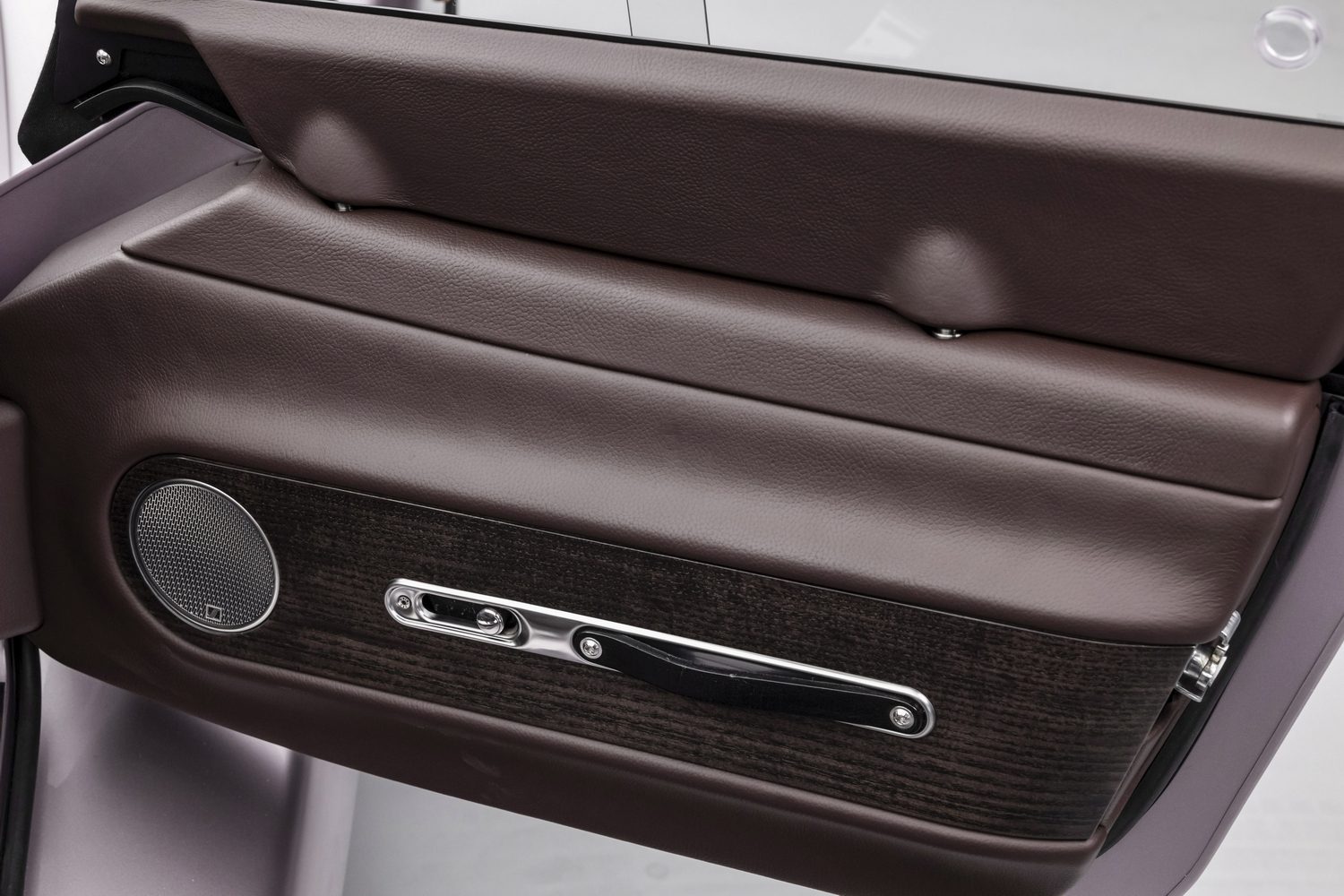
And is wood still used in the car's construction?
It is. Morgan calls this '21st century coachbuilding' and so each aluminium body for the Supersport is hand-formed over an ash wood frame. Providing a nice eco-slant, 60 per cent of the aluminium used for the chassis and shell of the Morgan is made from recycled material, while inside the finest Scottish leather that is sparingly employed throughout the cabin is said to be a 'by-product of the foot and agricultural sectors'.
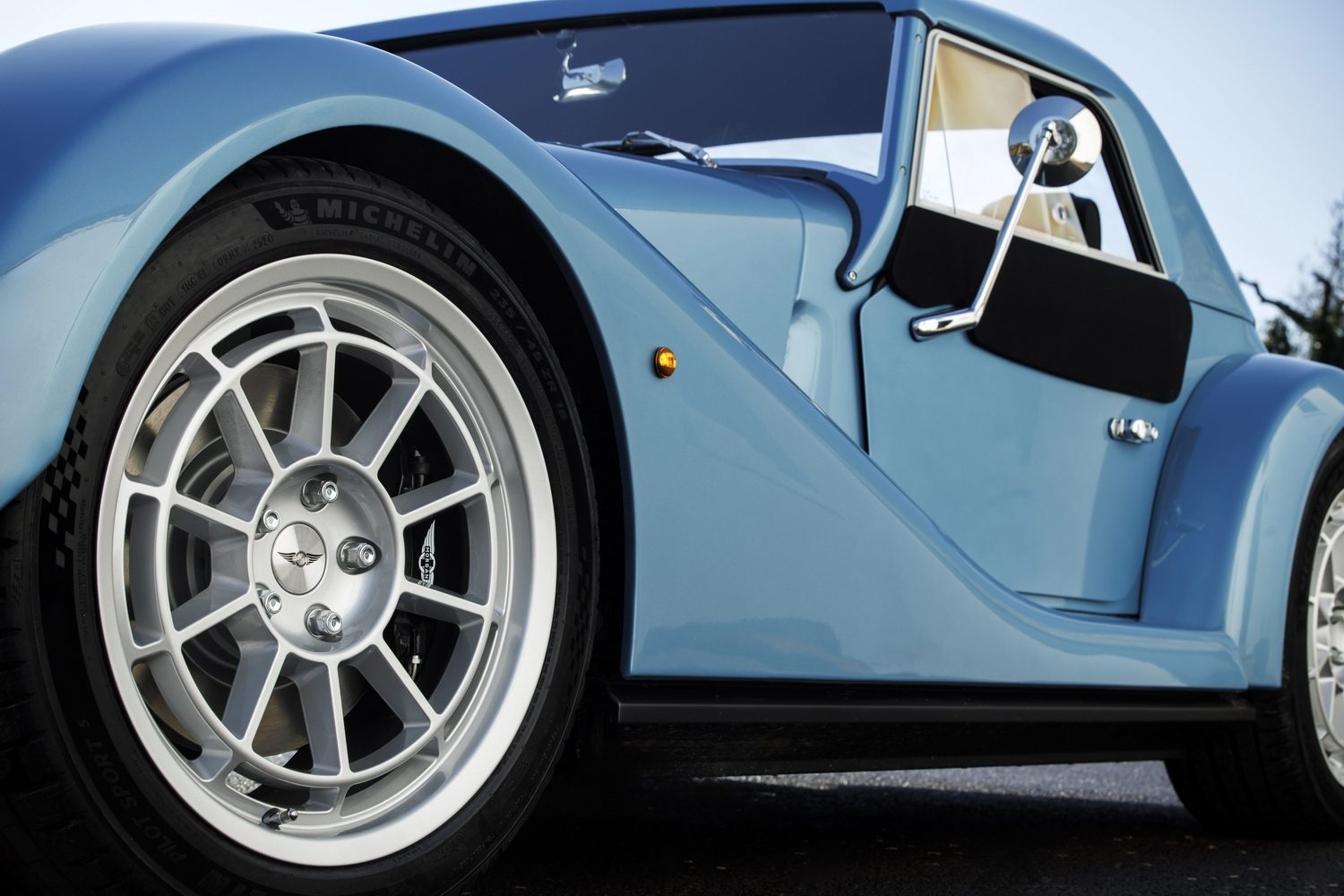
What sort of price are we looking at?
Probably well into six figures in Ireland, sadly, but then hand-built speciality cars like this are rarely cheap. At least buyers can revel in the fact that this is the first model to be called just 'Supersport' - previously, 'Supersports' (with the extra 's' on the end) was a badge appended to existing model lines to show it was a more focused derivative of the range, rather like a GTI is a hotter Volkswagen Golf.
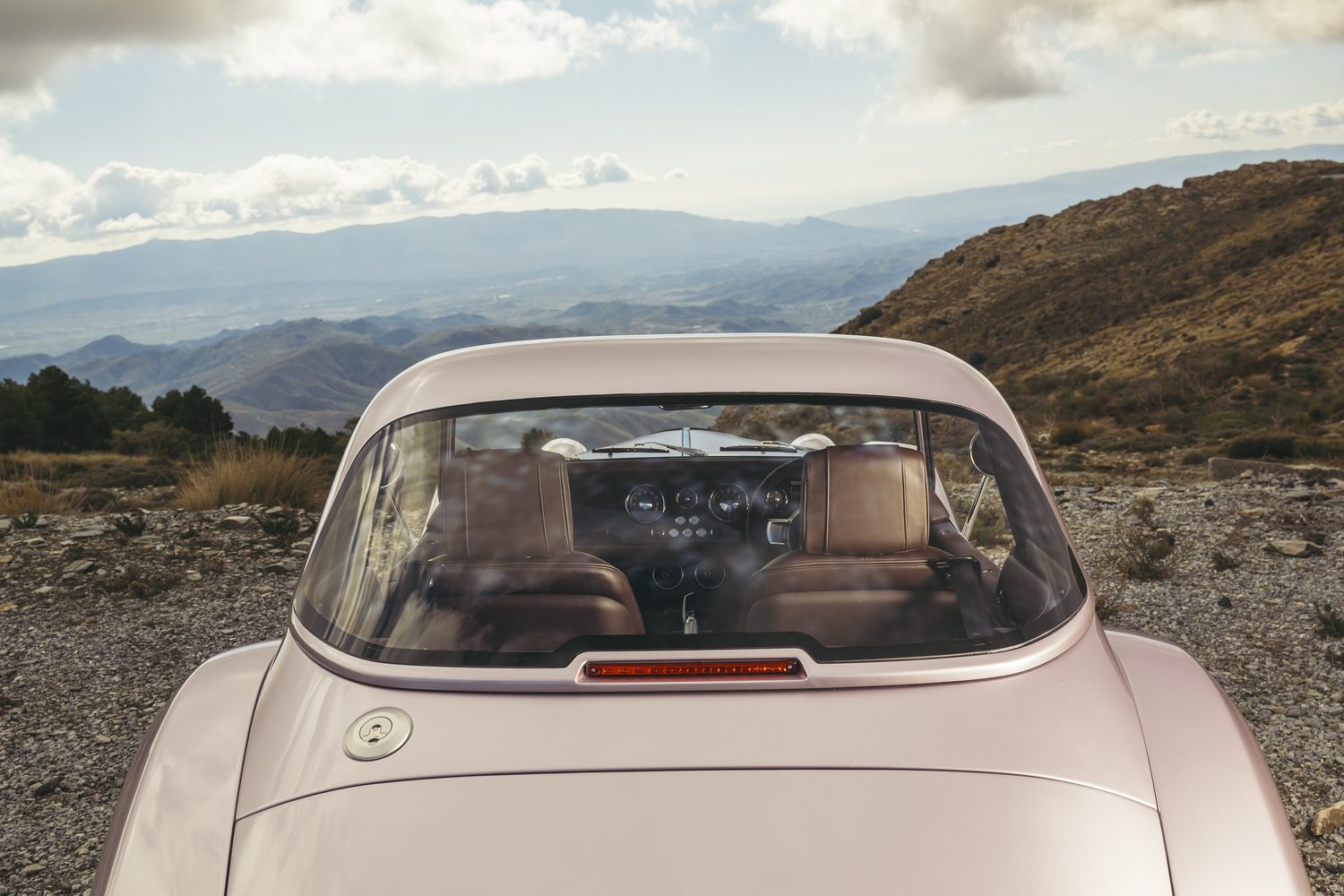
But the new Supersport is a model in its own right, and one with a full range of personalisation and bespoke finishing options available to the lucky owners. The car's available to order now and will go into immediate build, with first test drives at Morgan dealers likely to be from mid-April onwards.

